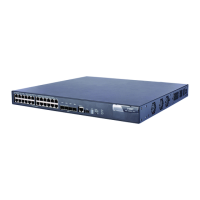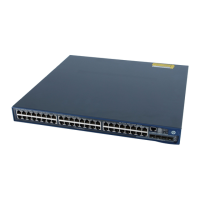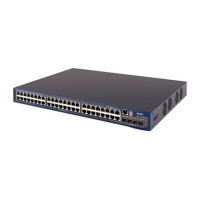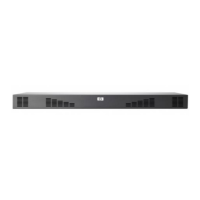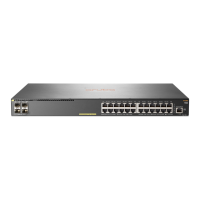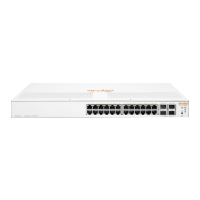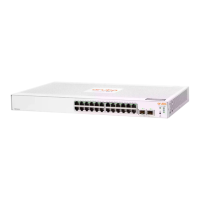75
LACP state flags:
A—LACP is enabled.
B—Indicates the LACP short timeout.
C—Sending system detects that the link is aggregatable
D—Sending system detects that the link is synchronized
E—Sending system detects that the incoming frames are collected
F—Sending system detects that the outgoing frames are distributed
G—Sending system receives frames in the default state
H—Sending system receives frames in the expired state
Name of the aggregate interface.
Mode of the aggregation group:
Static for static aggregation
Dynamic for dynamic aggregation
Local system ID, comprising the system LACP priority and the system MAC
address
Information about the local end
Port state: selected or unselected
Port aggregation priority
Information about the remote end
Local port type and number
enable snmp trap updown
Description
Use the enable snmp trap updown command to enable linkUp/linkDown trap generation for the
aggregate interface.
Use the undo enable snmp trap updown command to disable linkUp/linkDown trap generation for the
aggregate interface.
By default, linkUp/linkDown trap generation is enabled for an aggregate interface.
For an aggregate interface to generate linkUp/linkDown traps when its link state changes, you must also
enable linkUp/linkDown trap generation globally with the snmp-agent trap enable [ standard [ linkdown
| linkup ] * ] command.
For more information about the snmp-agent trap enable command, see Network Management and
Monitoring Command Reference.
